

William Stopford
Tesla switches on FSD Supervised in Australia, announces subscription pricing
4 Hours Ago

Contributor
Polestar will build its flagship grand tourer around a bespoke aluminium chassis.
Polestar says the 5, which is expected to look like the Precept concept, will offer “class-leading dynamics, rigidity and safety features” thanks to its bonded aluminium bones.
Thanks to its new structure, Polestar says its four-door grand tourer will be more rigid than current two-door sports cars or supercars.
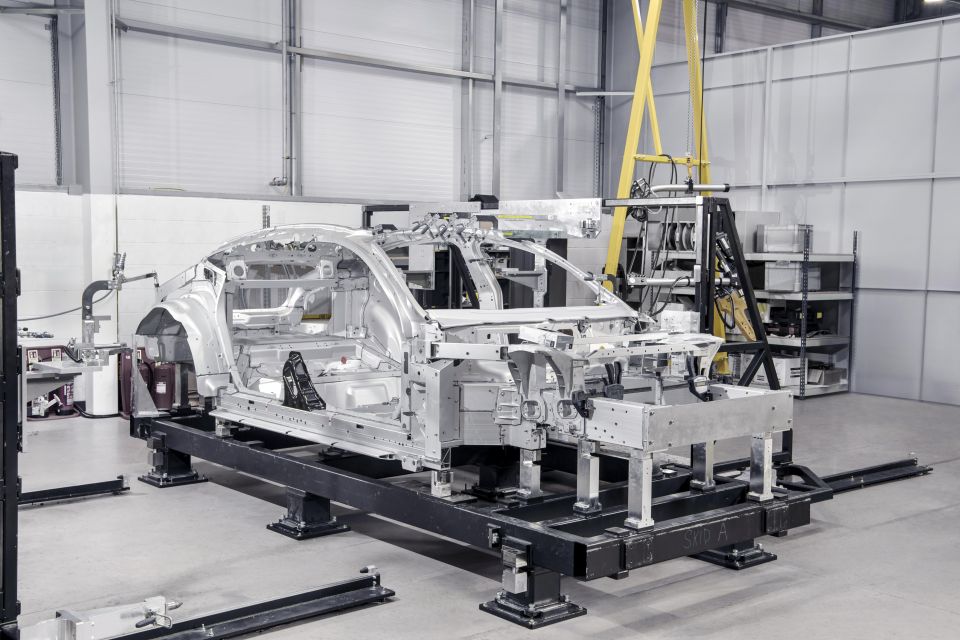
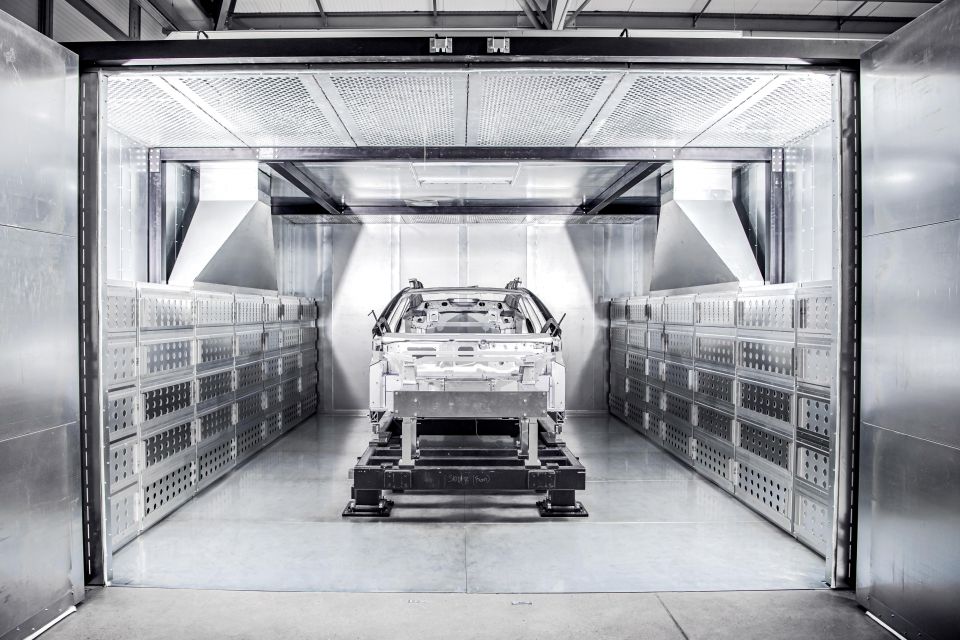
Although it’s strong, the brand also claims its body-in-white will weigh less than that of vehicles in smaller segments.
Keeping weight down is a constant battle in all cars, but it’s more pronounced in electric vehicles. Weight is the enemy of range, and lithium-ion batteries are incredibly heavy, so making the rest of the car light is key.
The production techniques used here will also be applied to other future Polestar products. Bonded aluminium structures have traditionally been reserved for low-volume sports cars, but the brand claims its new manufacturing process is faster and more mass-production friendly than more traditional methods.
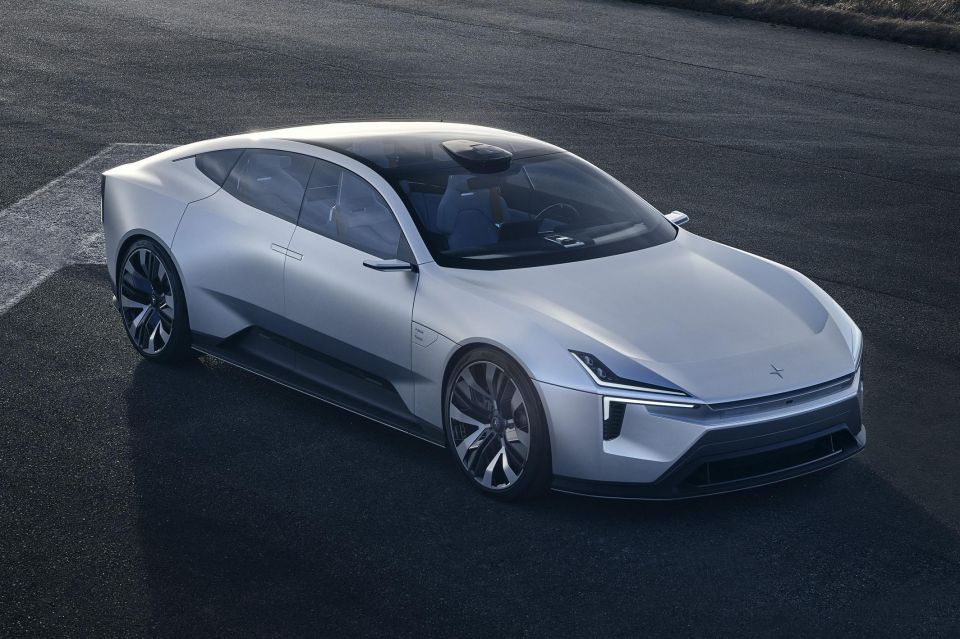
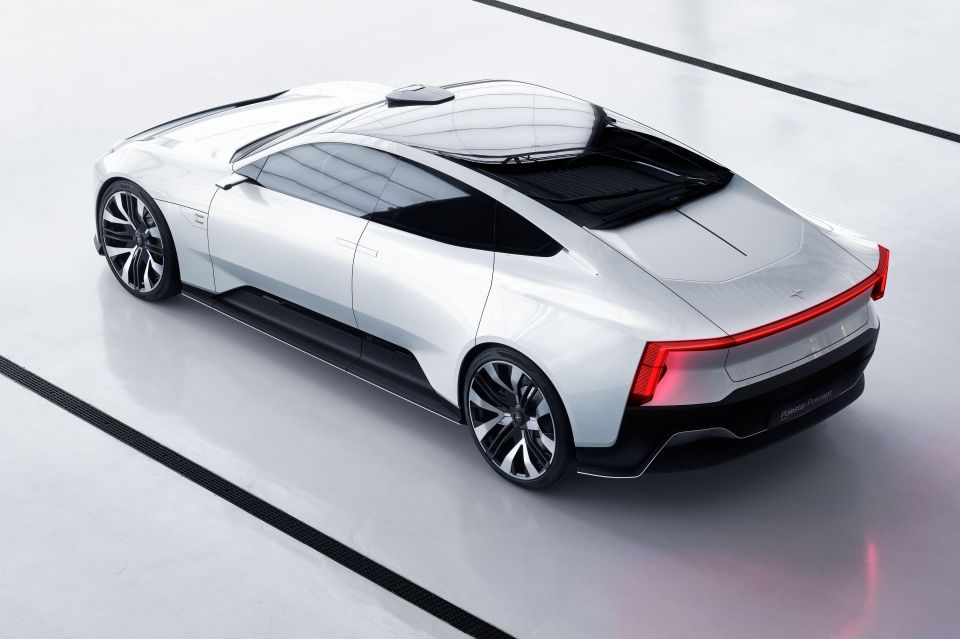
Polestar has previously said the 5 will closely mirror the Precept concept when it hits production; at this stage, that’ll be in 2023 or 2024.
Like other Polestar vehicles, the Precept will be made in China and sold throughout the world.
Little is known about the concept’s drivetrain, but the Precept did lean heavily into being sustainable in other ways with a vegan interior, flax-based parts, and components made from recycled bottles, fishing nets and cork.
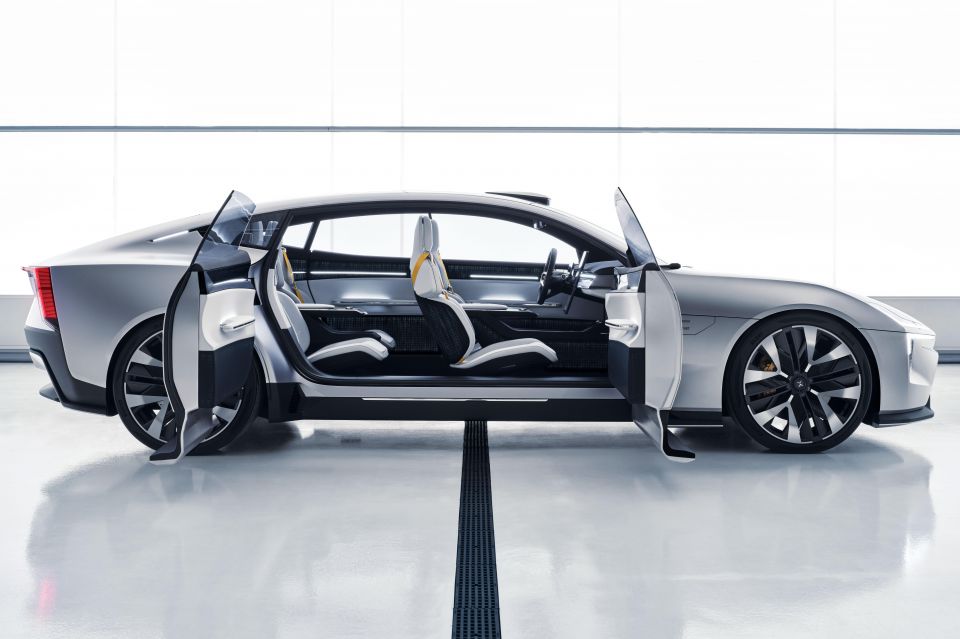
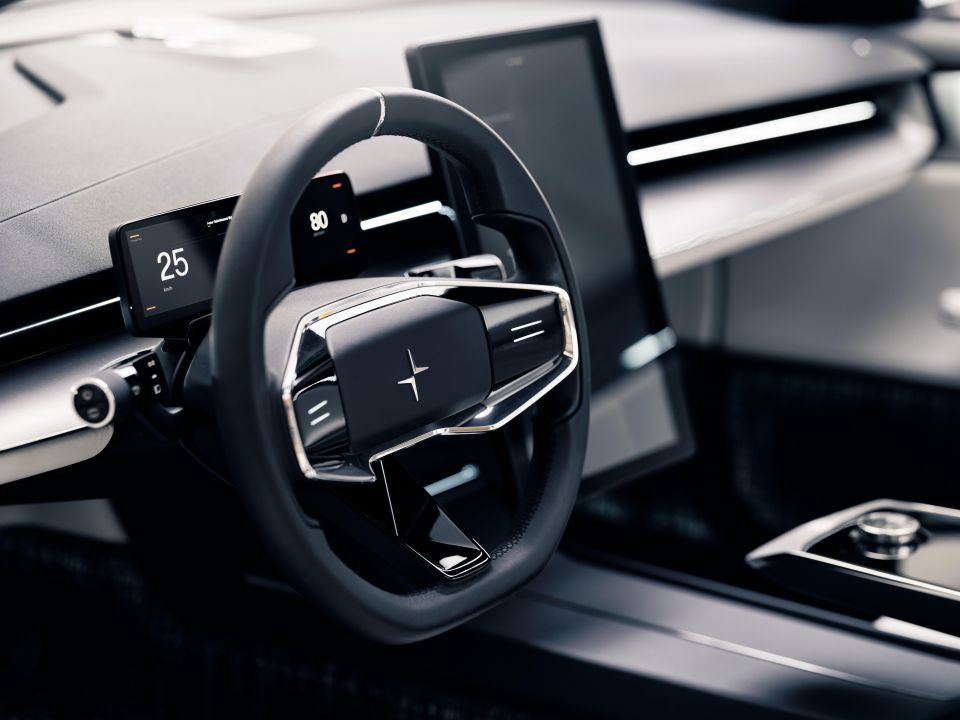
It also has a small roof-mounted LiDAR pod to enable to future advanced driver assistance features.
The Polestar name has come a long way since the motorsports firm began collaborating with Volvo in 1995. In 2013 the company started tuning Volvos for improved performance.
Polestar’s tuning arm was purchased in 2015, with the motorsports division spun off to become Cyan Racing. In 2017 Polestar became its own standalone brand, and was tasked with being Geely’s lead marque for electric vehicles.
Where expert car reviews meet expert car buying – CarExpert gives you trusted advice, personalised service and real savings on your next new car.
Scott Collie is an automotive journalist based in Melbourne, Australia. Scott studied journalism at RMIT University and, after a lifelong obsession with everything automotive, started covering the car industry shortly afterwards. He has a passion for travel, and is an avid Melbourne Demons supporter.


William Stopford
4 Hours Ago


Max Davies
11 Hours Ago


Max Davies
11 Hours Ago


Ben Zachariah
12 Hours Ago


William Stopford
12 Hours Ago


James Wong
16 Hours Ago